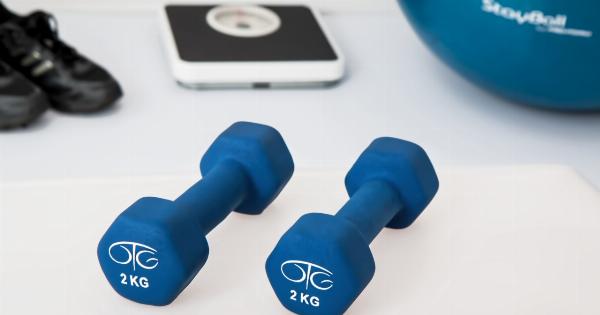Stroke is a debilitating condition that affects millions of people around the world. It can result in weakness or paralysis on one side of the body, difficulty speaking, loss of balance, and a host of other physical and cognitive impairments.
Yet, despite the prevalence of stroke, there are few treatments available that can help patients recover from this condition.
That could be about to change, however, thanks to a new treatment that combines a nasal spray with a targeted therapy program.
Researchers believe that this new treatment method could revolutionize the way we approach stroke rehabilitation, helping patients recover more effectively and with fewer side effects than current treatments allow.
The Science Behind Nasal Spray Treatment
The key to this new treatment method is a molecule called N-acetylcysteine (NAC). This molecule is found naturally in the body and has been shown to have several therapeutic properties, including anti-inflammatory and antioxidant effects.
Researchers believe that NAC can help improve outcomes for stroke patients, particularly when used in combination with physical therapy.
To deliver NAC to the brain, researchers developed a nasal spray that can be easily administered to patients. This method of delivery is non-invasive and has been shown to be effective at delivering drugs directly to the brain.
The nasal spray is designed to be used in conjunction with a specially designed therapy program that involves repetitive tasks that help the brain form new neural pathways.
How Nasal Spray Treatment Works
Stroke can result in damage to the brain, which can make it difficult for the brain to communicate with the rest of the body.
The therapy program that is used with the nasal spray treatment is designed to help the brain re-learn how to communicate with the rest of the body. This is done by repeating tasks that are challenging for the patient, such as gripping objects or walking with assistance.
The nasal spray is designed to help support this therapy program by providing the brain with the nutrients it needs to heal and grow new connections.
NAC has been shown to have a positive effect on brain plasticity, which is the brain’s ability to change and adapt in response to new experiences. By enhancing brain plasticity, the nasal spray treatment can help patients recover more effectively from stroke.
The Benefits of Nasal Spray Treatment
There are many potential benefits to using the nasal spray treatment for stroke rehabilitation.
One of the main benefits is that it is non-invasive, which means that patients do not need to undergo surgery or other invasive procedures to receive treatment. This can help reduce the risk of complications and side effects.
Another benefit of the nasal spray treatment is that it can be used in conjunction with other rehabilitation programs.
For example, patients who are undergoing physical therapy or occupational therapy can still receive the benefits of the nasal spray treatment without having to interrupt their current treatment plan.
Finally, the nasal spray treatment has the potential to reduce the cost of stroke rehabilitation. Currently, stroke rehabilitation is a long and costly process that involves multiple therapy sessions and medications.
By providing an effective treatment option that is less expensive than current treatments, the nasal spray treatment could help make stroke rehabilitation more accessible to a wider range of patients.
The Future of Stroke Rehabilitation
Stroke is a debilitating condition that has a significant impact on patients and their families. The development of new treatments, such as the nasal spray treatment, is an important step forward in improving outcomes for stroke patients.
With further research and development, this treatment method could revolutionize the way we approach stroke rehabilitation and help patients recover more effectively than ever before.
As with any new treatment method, however, it is important to conduct further research to ensure that it is safe and effective for patients.
Currently, the nasal spray treatment is still in the early stages of development, and more research is needed to determine its potential use in clinical settings.
Conclusion
Stroke is a serious condition that affects millions of people around the world. The development of new treatments, such as the nasal spray treatment, is an important step forward in improving outcomes for stroke patients.
Although further research is needed, the potential benefits of this treatment method are significant. It has the potential to revolutionize the way we approach stroke rehabilitation, making it a more effective and accessible process for patients.





























